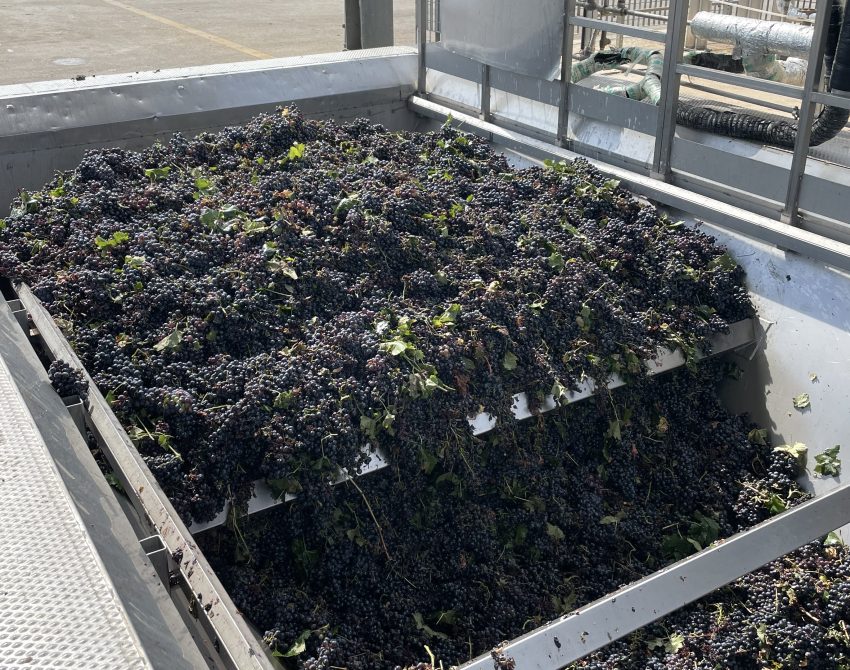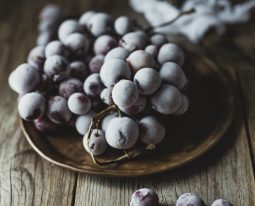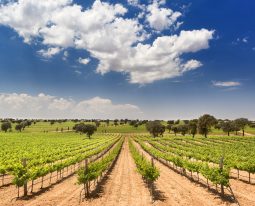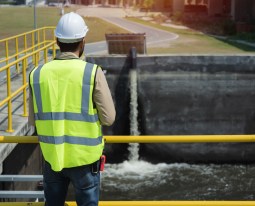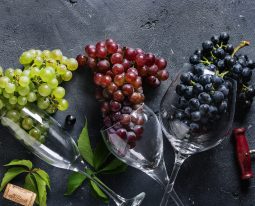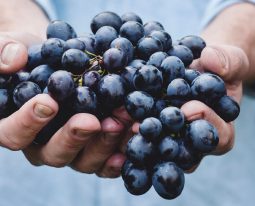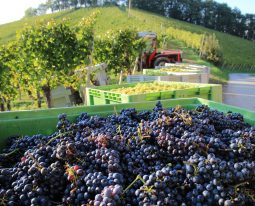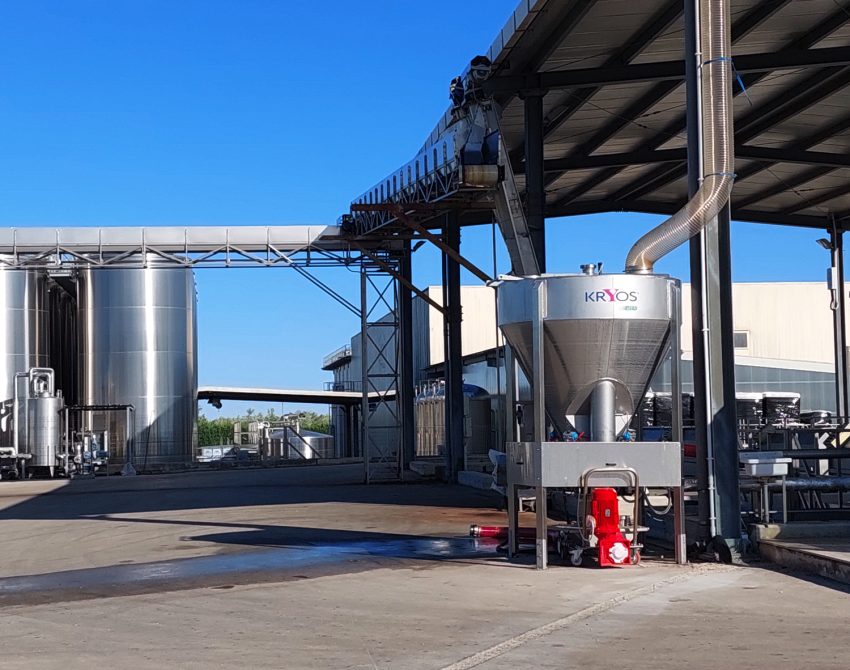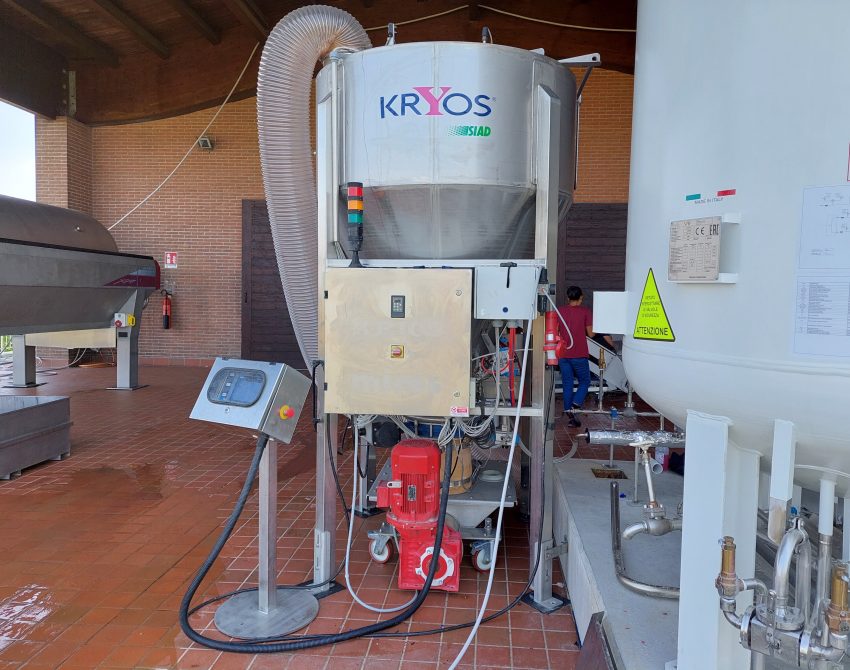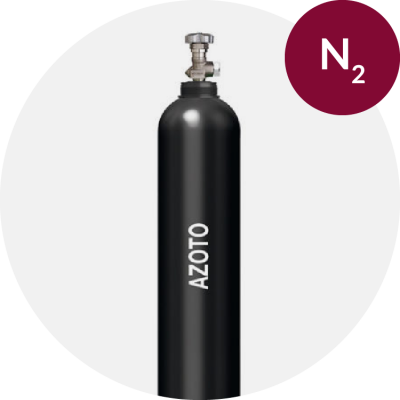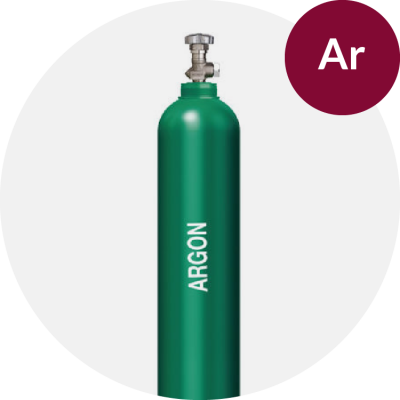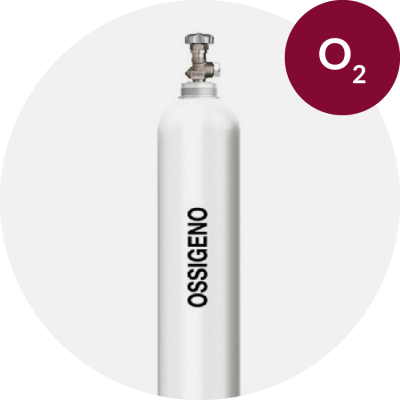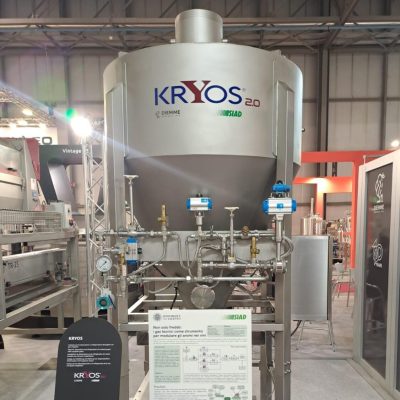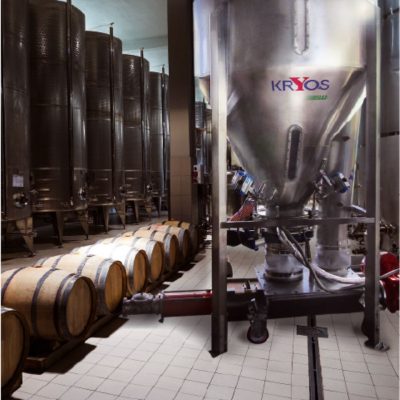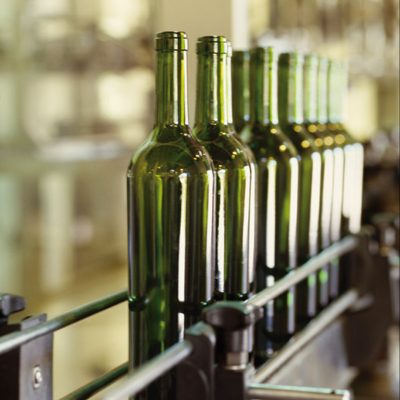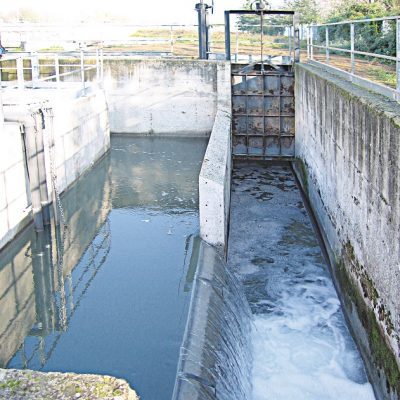“Nitrogen and carbon dioxide applied to the crushed grapes through Kryos technology positively altered the sensory profile of wines“: the results of the winning research of the 2023 edition of the SIAD International Prize are more than encouraging, revealing a yet untapped potential of the two gases .
This was emphasized by Vito Michele Paradiso, professor at the University of Salento and coordinator of the working group composed of a team of researchers from the University of Bari and the Crifo Winery in Ruvo di Puglia, as well as the University of Salento. In particular, from Massimo Tripaldi of the Crifo Winery in Ruvo di Puglia, the site of the experimentation, Biagio Bianchi (University of Bari), Ilaria Prezioso and Ignazio Allegretta (University of Salento).
“Use of technical gases for the production of rosé wines in a Mediterranean environment” is the title of the project that convinced the jury of the initiative conceived by SIAD, in collaboration with OICCE (Interprofessional Organization for the Communication of Knowledge in Oenology) and aimed at stimulating innovation in the use of technical gases in oenology by supporting studies and research.
Professor Paradiso, wineries are facing increasingly challenging issues-from environmental sustainability to achieving higher and higher levels of quality, while also meeting the demands of increasingly discerning consumers and a very competitive market. What are the priority issues and solutions from your point of view?
Today, a wine is expected to be able to communicate, through the senses, something that is not only pleasant, but also recognizable, and traceable to the raw material that produced it-and thus the grape variety-and even to the territory from which it comes. At the same time, those climatic changes, about which we talk so much, are profoundly changing the characteristics of grapes. As a result, even the expressive potential that the winemaker can draw on to translate it is no longer the same. A priority of this time is to identify strategies, in the field and in the cellar, that will allow us to adapt to these changes.
“Use of technical gases for the production of rosé wines in a Mediterranean environment” is the title of the project that won the SIAD enology award. What are the aims of this research?
This research aims to evaluate the use of technical gases (nitrogen, carbon dioxide) as an adaptation strategy to climate change. In particular, we wanted to evaluate their use on crushed grapes to cope with two problems typical of winemaking in the Mediterranean environment: the high temperature of the incoming grapes and the tendency for the depletion of some primary aromas, i.e., those derived from the grapes themselves.
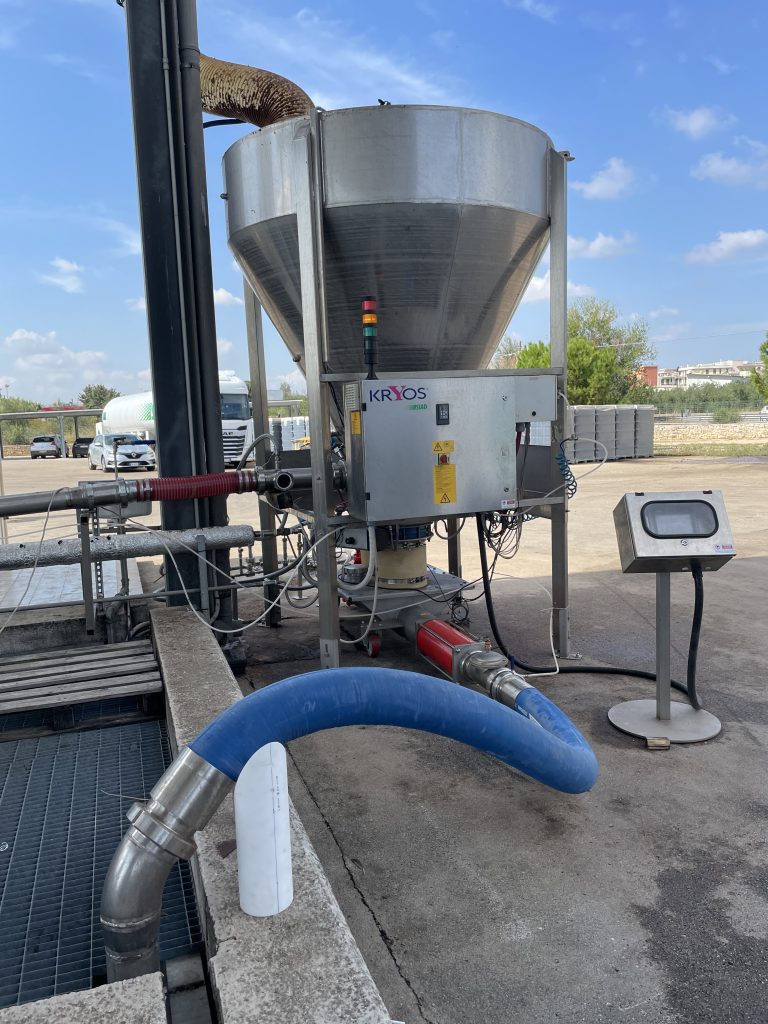
Where is the project being carried out and on which grape varieties?
The project was carried out at Cantina di Ruvo di Puglia – Vini Crifo, in Ruvo di Puglia (BA), on Bombino nero variety grapes, to be vinified in rosé. Bombino nero is the variety at the base of the Castel del Monte Bombino nero DOCG.
The research does not involve direct consumer involvement, do you have any way of knowing the relationships?
We know that the labels produced with the strategies we are studying are achieving excellent results in the market. We have, in addition, studied the sensory impact of technical gases used on the crush and recorded significant changes for some olfactory descriptors. We can say that nitrogen and carbon dioxide applied to the crush have changed the sensory profile of wines made from the same grapes and that these changes are related to positive descriptors.
The research is going through a phase 2, what does it consist of?
Today we are projected to deepen the interactions between these two technical gases and another fundamental gas in enology: oxygen.
The SIAD Prize aims to stimulate research in enology through the innovative use of gases. Having won, was it a significant support for experimentation?
The answer is not meant to be one of pity, but it is clear that technical and economic support for research can only be a positive and desirable contribution.
Being able to work closely with companies, what value does it have for the university and research?
For us, it has a fundamental value. For several years now, the University of Salento has been involved in an ecosystem of training, research and innovation together with the players in the economic and social fabric of its territory: winemakers, oenologists, wineries, training institutions. A single large research laboratory, where the questions and experiences of those working in the field feed our research, which in turn seeks to return the knowledge it gradually produces.
Which gas, from your point of view has additional potential in enology? Or which gases, if more than one.
To date we have worked with nitrogen and carbon dioxide, which are showing different and partly complementary potentials and limitations. In our opinion, there is still much to discover about both, despite the fact that they are now familiar presences in wineries.
In your experience, what role do gases play in fostering innovation in enology?
They are not the solution to all problems. But they can be a very important, and effective, tool for pursuing the goals the winemaker has set for himself. The necessary thing is knowledge, so that the use is knowledgeable and purposeful. And that is what we are working for.
